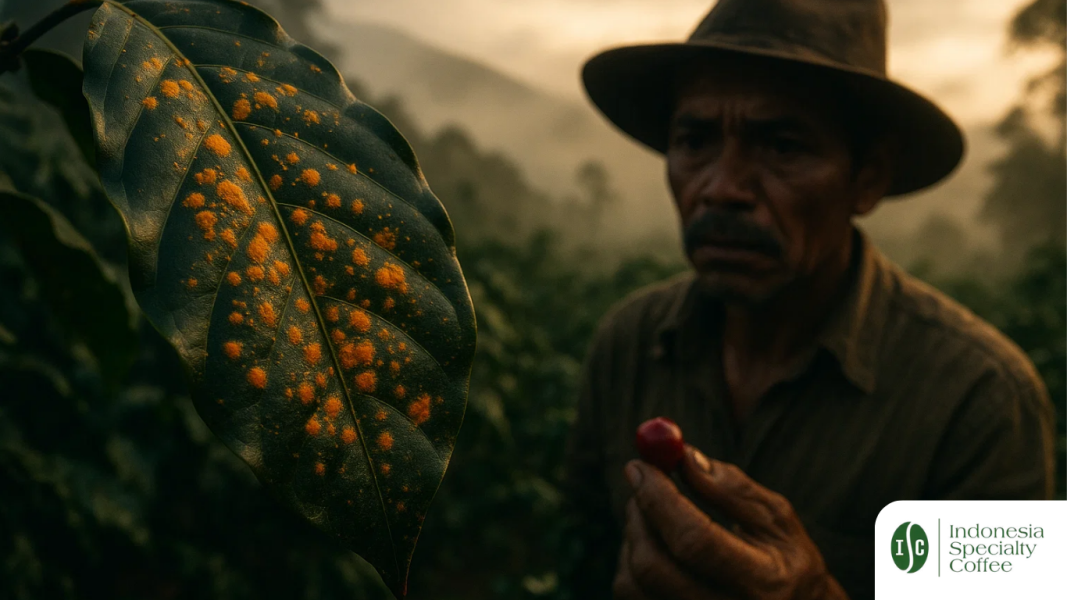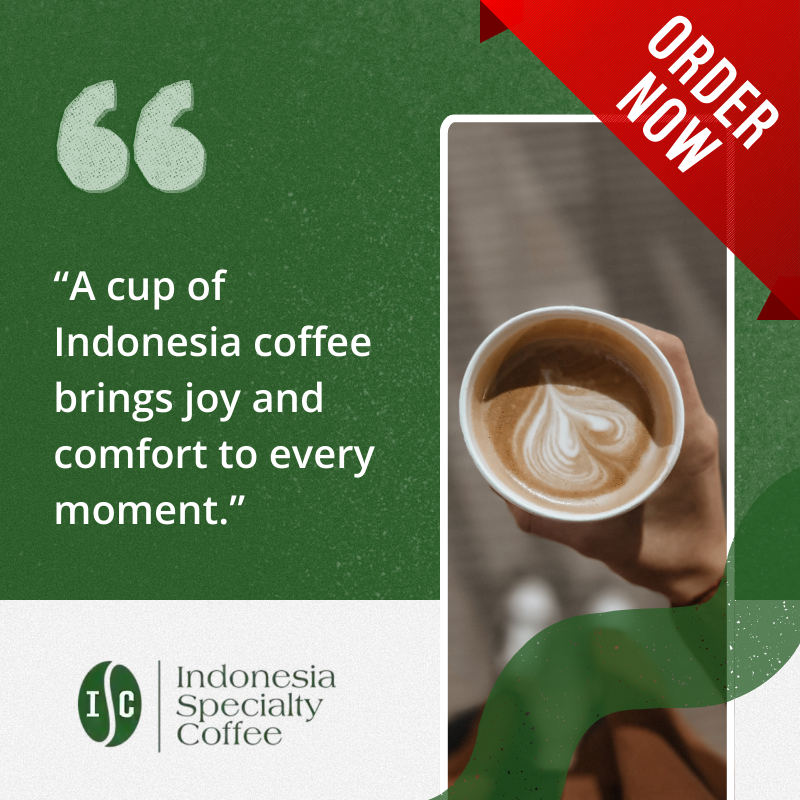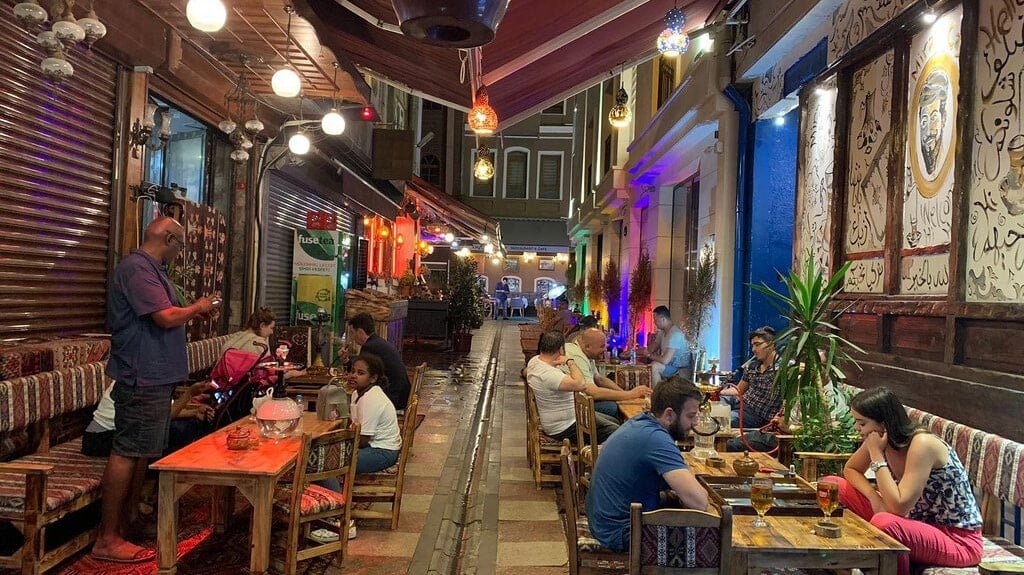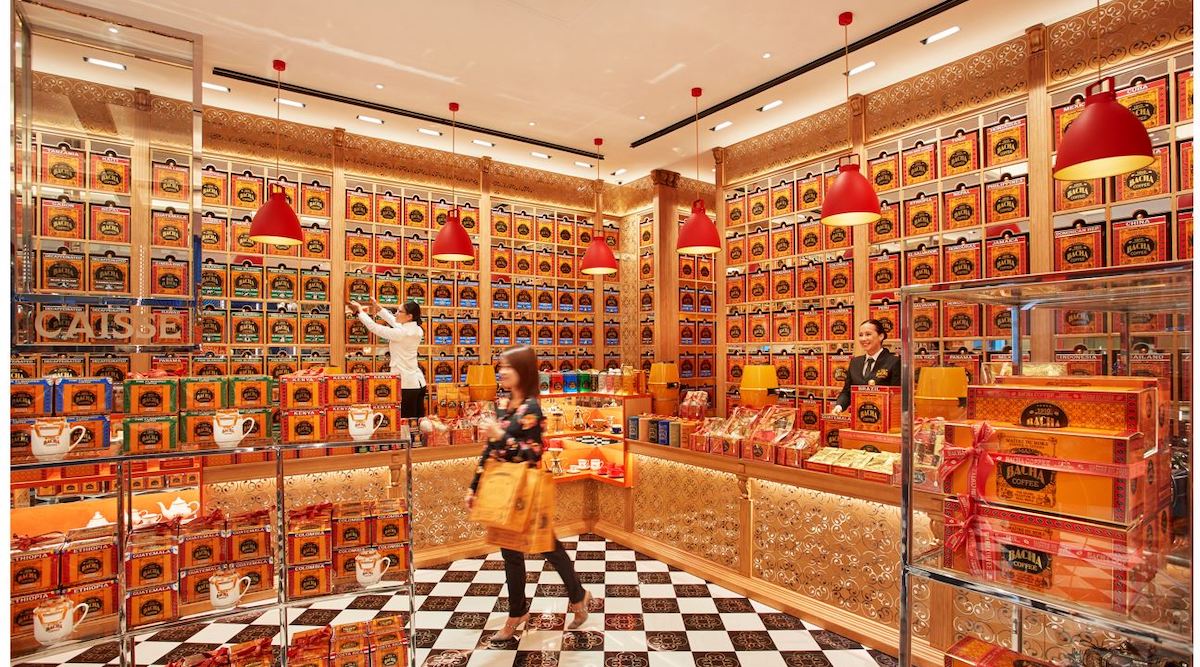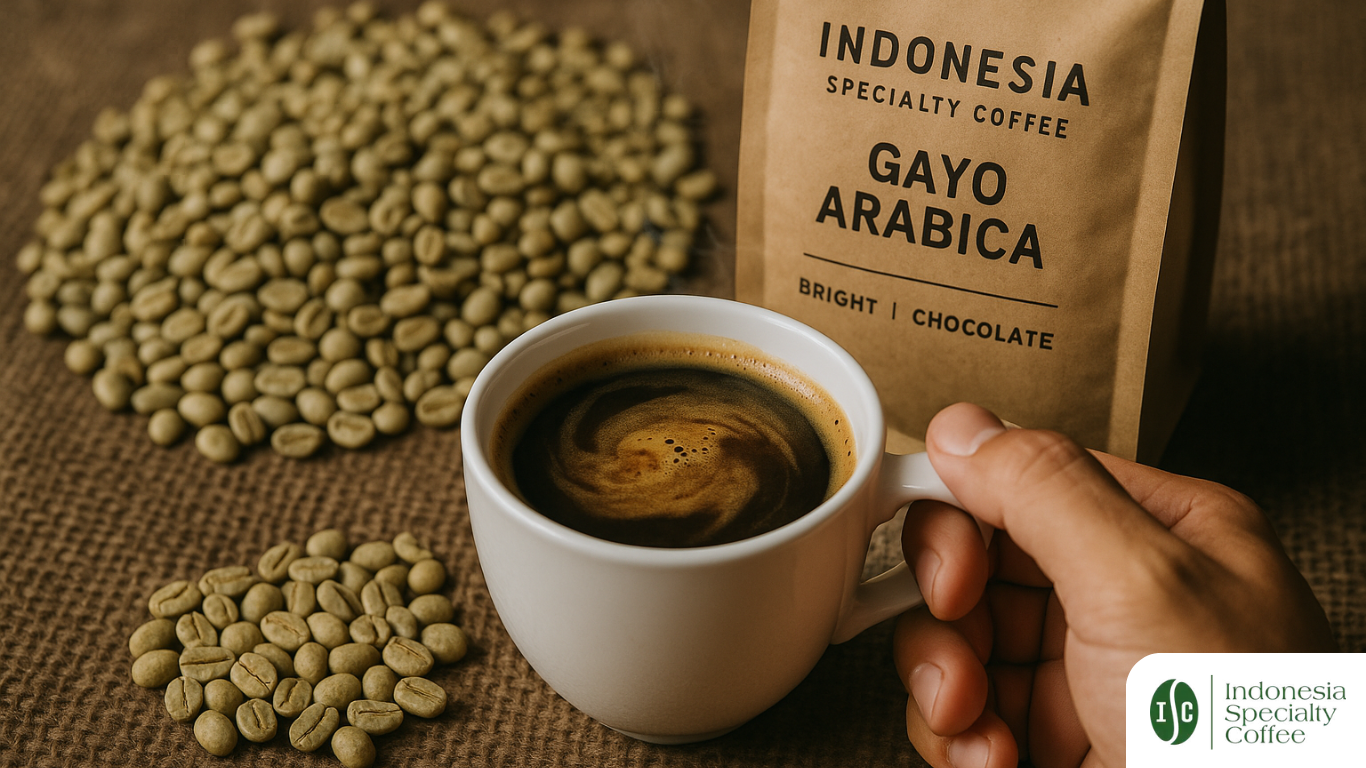When Your Morning Cup Is at Risk, So Is a Farmer’s Life
Imagine walking through a lush coffee plantation at dawn. The earthy aroma of wet leaves, the promise of a fresh cup, and the proud smile of a farmer who nurtured every bean. Now picture those same leaves turning yellow, curling inward, and falling like rain. That’s the silent heartbreak caused by a centuries-old enemy—Coffee Leaf Rust (CLR).
First discovered in 1861 near Lake Victoria, CLR is caused by the elusive fungus Hemileia vastatrix. It’s not just a plant disease—it’s a global threat to one of the world’s most beloved beverages and the livelihood of over 100 million people. With annual losses reaching up to $2 billion, it’s no exaggeration to say this pathogen reshaped the history and future of coffee.
What Is Coffee Leaf Rust and Why Should You Care?
Coffee Leaf Rust is a fungal disease that primarily affects Arabica coffee plants—those responsible for your smooth, flavorful specialty coffee. The disease begins subtly with pale yellow spots, but soon, fiery orange pustules burst through the leaves’ undersides. The infected plant weakens, sheds its leaves prematurely, and yields drastically less coffee.

Coffee leaf rust symptoms and signs. (A) Chlorotic spots and urediniosporic sori on the lower leaf surface. (B) Severe defoliation in plants at the front as a result of disease, contrasting with resistant plants elsewhere in the field.
When rust swept through Sri Lanka in the 19th century, it wiped out coffee cultivation entirely. The island switched to tea—forever altering global beverage culture. Think about that the next time you reach for a tea bag instead of a pour-over.
Why Arabica Is So Vulnerable
Arabica coffee has a narrow genetic pool. Descended from a single plant in Amsterdam and domesticated in Yemen, it lacks natural resistance to rust. Centuries of cultivation without the pathogen led to the development of delicious but defenseless cultivars.
And just when you think modern science has it under control, Hemileia vastatrix mutates. Over 50 physiological races of the fungus have been identified. It evolves, adapts, and returns stronger.
If you’re drinking Arabica, you’re drinking from a plant that’s walking a tightrope between survival and extinction.
Want to better understand Arabica’s flavor complexity? Explore the Sumatra coffee taste profile.
The Fight for Survival: Breeding and Biotechnology
The battle against CLR is fought in the fields and in laboratories.
In the 1950s, scientists discovered the ‘Híbrido de Timor‘—a natural hybrid between Arabica and Robusta with rust resistance. This sparked global breeding programs, giving rise to varieties like Catimor and Sarchimor. Some have stood strong for over 30 years.
But resistance isn’t forever.
New rust races are emerging, even defeating once-resistant cultivars. Breeding programs must now race against time, searching for novel resistance genes, including those from wild Coffea species. Scientists are also exploring genomic solutions—studying the massive 800-Mbp genome of the rust fungus to uncover its secrets.
Curious about what makes a high-quality bean? Check out this guide to specialty coffee grading.
Fungicides, Biocontrol, and Sustainability
Chemical control remains a go-to solution, especially in rust hotspots. But fungicides come at a cost—environmental, economic, and health-wise. In Tanzania, 50% of coffee production costs are attributed to chemical control.
As organic coffee gains popularity, researchers are testing alternatives like:
- Essential oils
- Potassium silicate
- Resistance-inducing compounds like acibenzolar-S-methyl
- Hyperparasitic fungi like Lecanicillium lecanii
- Beneficial bacteria such as Bacillus thuringiensis
These eco-friendly solutions offer hope but require more investment and field validation.
Want to preserve your coffee’s flavor as nature intended? Learn how to store coffee beans properly.
The Human Cost: Beyond the Plant
CLR doesn’t just affect plants—it devastates families. In Central America, a single outbreak led to 35% crop loss, impacting hundreds of thousands of smallholder farmers. When harvests fail, dreams falter. Children leave school. Entire communities struggle.
CLR is a cruel reminder that the journey from bean to brew is fragile, sacred, and often underappreciated.
Ever thought about what it takes to enjoy a single cup? Discover the hidden journey from coffee plant to your brew.
What You Can Do: Choose Consciously, Support Sustainably
Every time you buy coffee, you cast a vote—for sustainability, for small farmers, for biodiversity. Seek out rust-resistant varietals, support ethical roasters, and don’t underestimate the power of informed choices.
Looking to start your own conscious coffee journey? Here’s how to find the best specialty coffee suppliers.
Will We Let Rust Win?
Coffee Leaf Rust is not just a plant disease. It’s a symbol of how interconnected our global systems are—from climate to commerce, from science to the human spirit. Will we invest in sustainable solutions, or will we wait until our morning ritual is nothing more than memory?
Next time you sip your favorite brew, ask yourself: How much is that cup really worth?

